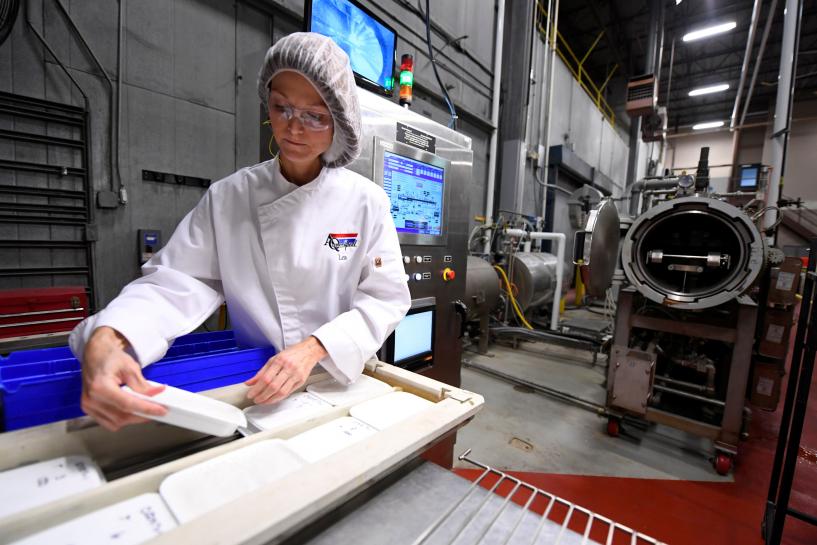In a major step towards creating a tricorder, University of Illinois at Urbana-Champaign researchers have invented a device that allows smartphones to perform the kinds of lab-grade medical diagnostic tests that previously had to be done on large and expensive instruments.
The device, called a spectral transmission-reflectance-intensity (TRI)-Analyzer, plugs into a smartphone and is able to run tests on a patient’s blood, urine, or saliva as reliably as clinic-based instruments that cost thousands of dollars. The researchers say their TRI Analyzer costs only $550.
“Our TRI Analyzer is like the Swiss Army knife of biosensing,” said Prof. Brian Cunningham, the Donald Biggar Willett Professor of Engineering and director of the Micro + Nanotechnology Lab at Illinois.


